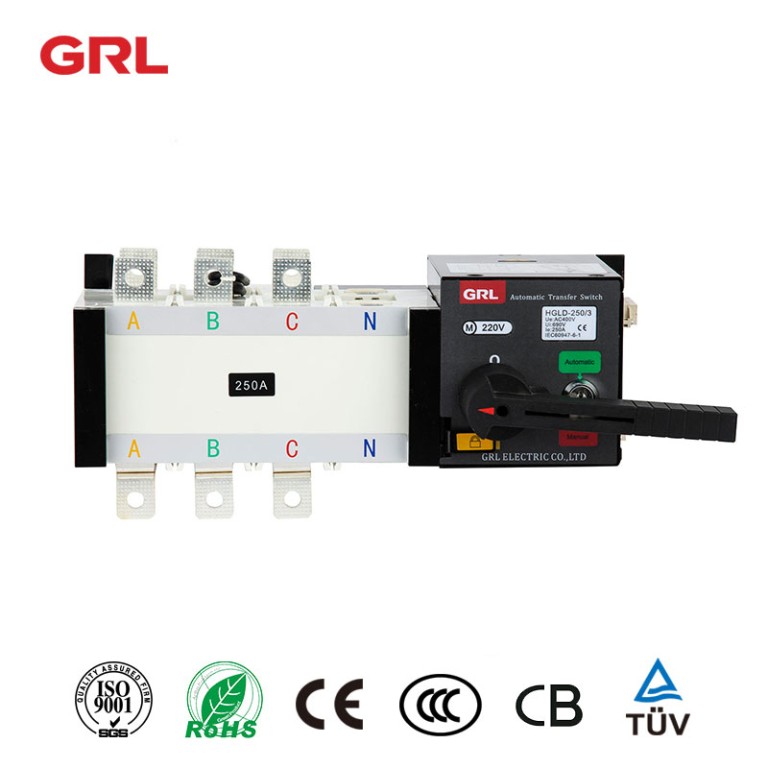
# Automatic Transfer Switch: Ensuring Uninterrupted Power Supply
## What is an Automatic Transfer Switch?
An Automatic Transfer Switch (ATS) is a critical component in power management systems that ensures seamless transition between primary and backup power sources. This device automatically switches the load from the main power supply to an alternate source, such as a generator, when it detects a power outage or voltage fluctuation.
## How Does an ATS Work?
The operation of an automatic transfer switch can be broken down into three main stages:
– Monitoring: The ATS continuously monitors the voltage and frequency of the primary power source
– Detection: When it detects a power failure or significant deviation from normal parameters
– Switching: The switch automatically transfers the electrical load to the backup power source within seconds
## Key Benefits of Automatic Transfer Switches
### 1. Uninterrupted Power Supply
The primary advantage of an ATS is its ability to maintain continuous power to critical systems without any manual intervention. This is particularly important for:
– Hospitals and healthcare facilities
– Data centers and server rooms
– Industrial manufacturing plants
– Emergency response systems
### 2. Enhanced Safety
Automatic transfer switches prevent dangerous backfeeding situations that could occur with manual transfer switches. They ensure proper isolation between power sources, protecting both equipment and personnel.
### 3. Reduced Downtime
By eliminating the need for manual switching, ATS units minimize power interruption duration, often transferring loads in less than 10 seconds for most applications.
## Types of Automatic Transfer Switches
There are several types of ATS configurations available:
Keyword: Automatic Transfer Switch
– Open Transition (Break-Before-Make): Briefly interrupts power during transfer
– Closed Transition (Make-Before-Break): Maintains continuous power during transfer
– Delayed Transition: Incorporates a programmed delay for specific applications
– Static Transfer Switch: Uses solid-state components for ultra-fast switching
## Installation Considerations
When installing an automatic transfer switch, several factors should be considered:
– Load requirements and capacity
– Location and environmental conditions
– Compatibility with existing power systems
– Local electrical codes and regulations
– Maintenance accessibility
## Maintenance and Testing
Regular maintenance is essential for ensuring reliable operation of an ATS:
– Monthly visual inspections
– Quarterly operational tests
– Annual comprehensive testing
– Cleaning of contacts and components
– Verification of control settings
## Future Trends in ATS Technology
The automatic transfer switch market continues to evolve with new technological advancements:
– Integration with smart grid systems
– Advanced monitoring and remote control capabilities
– Improved energy efficiency designs
– Enhanced cybersecurity features
– Predictive maintenance using IoT sensors
Automatic transfer switches play a vital role in modern power distribution systems, providing reliability and peace of mind for critical power applications. As technology advances, these devices are becoming more intelligent, efficient, and integrated with broader power management systems.